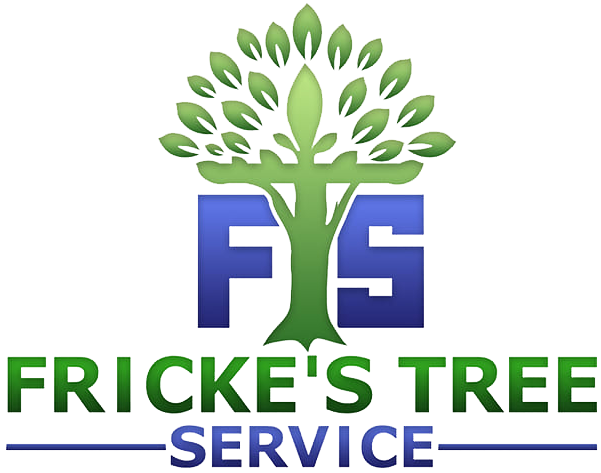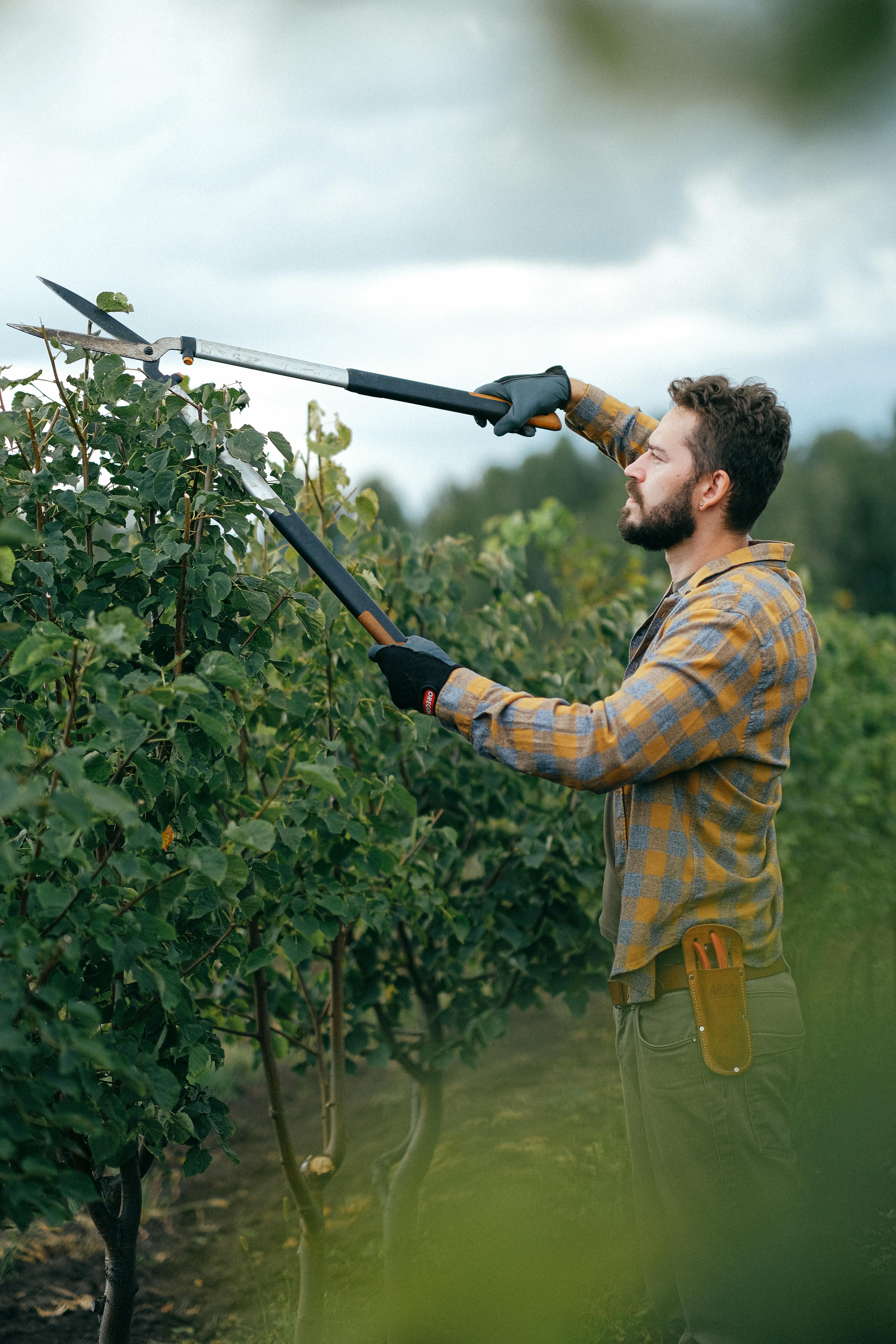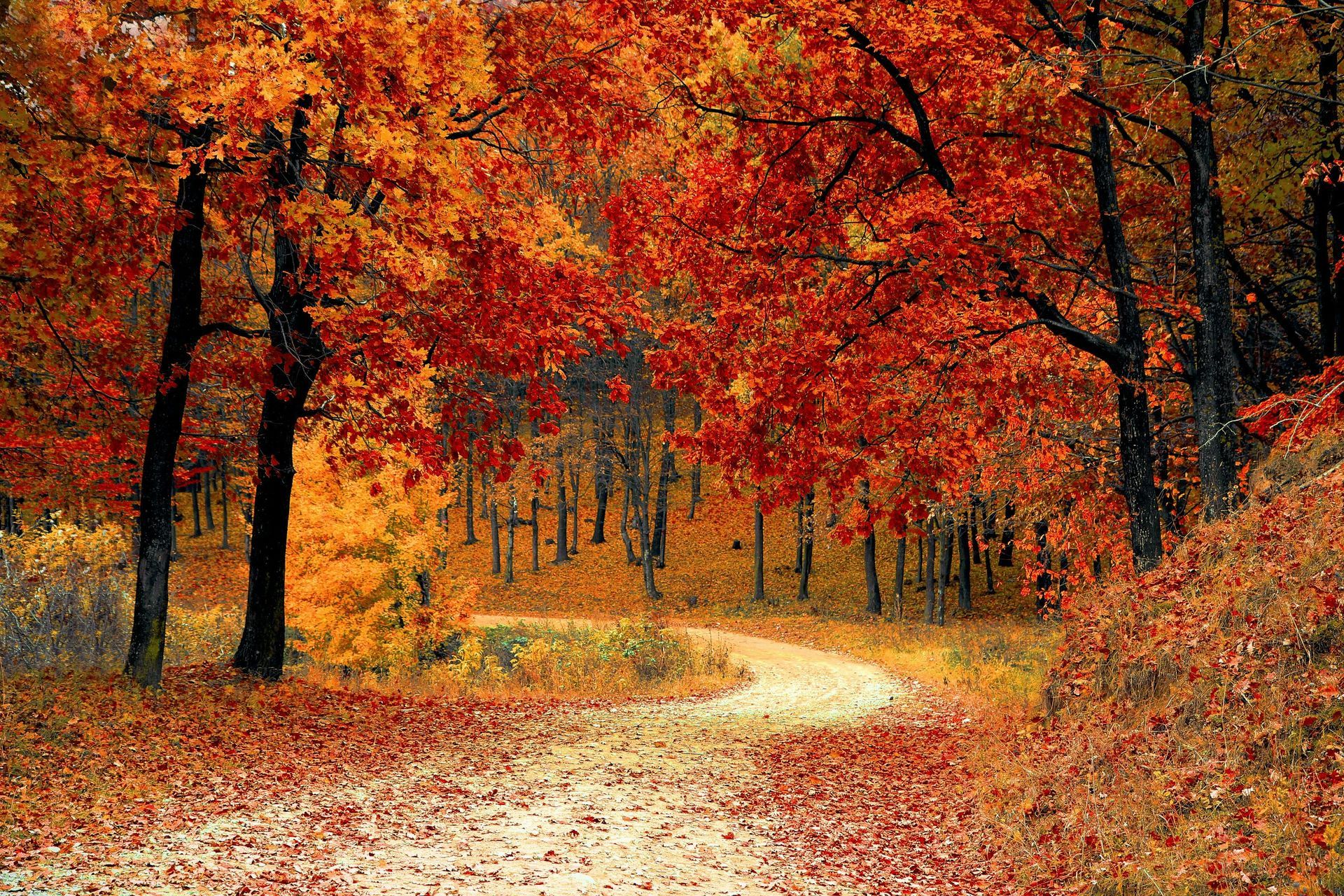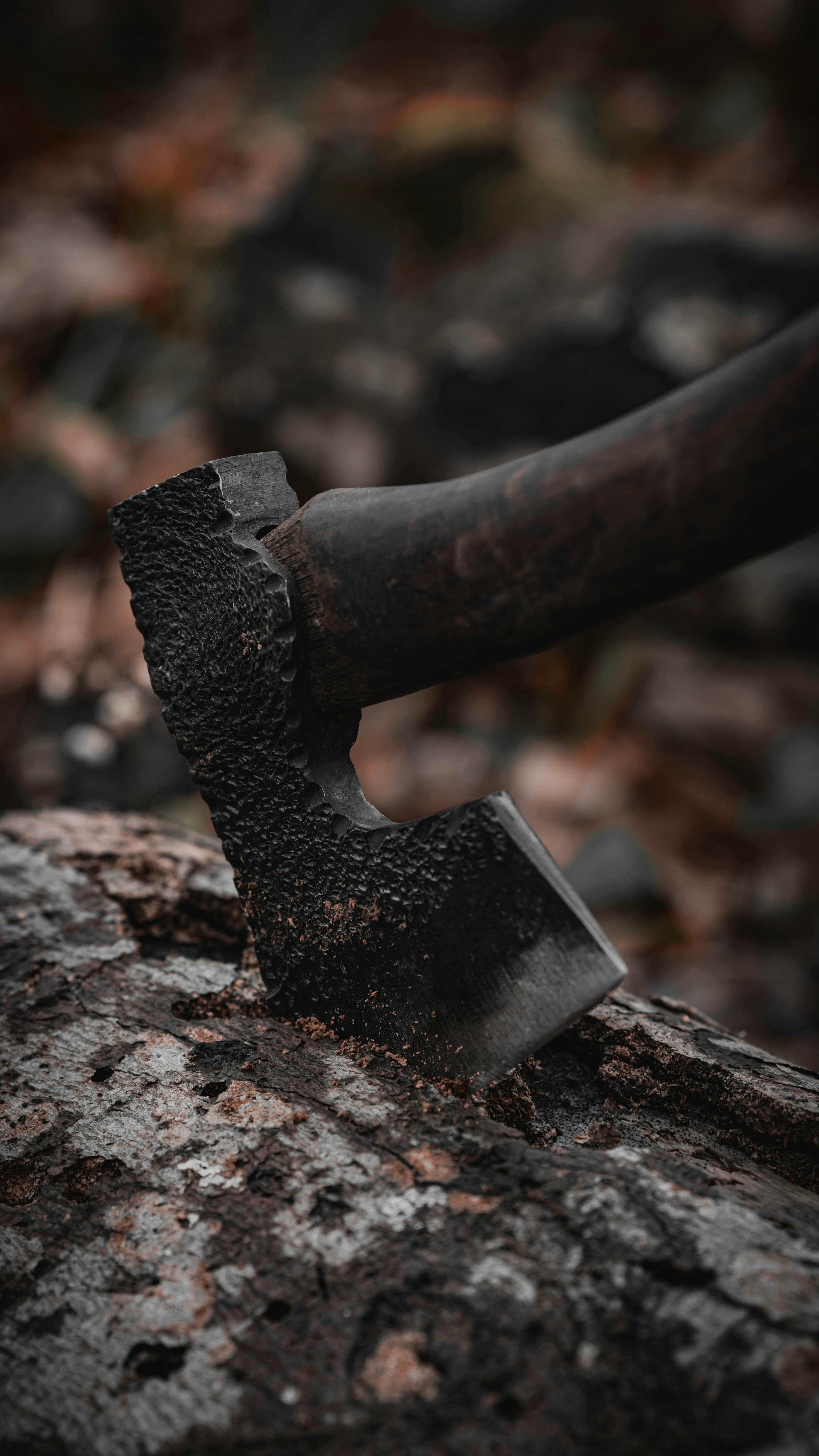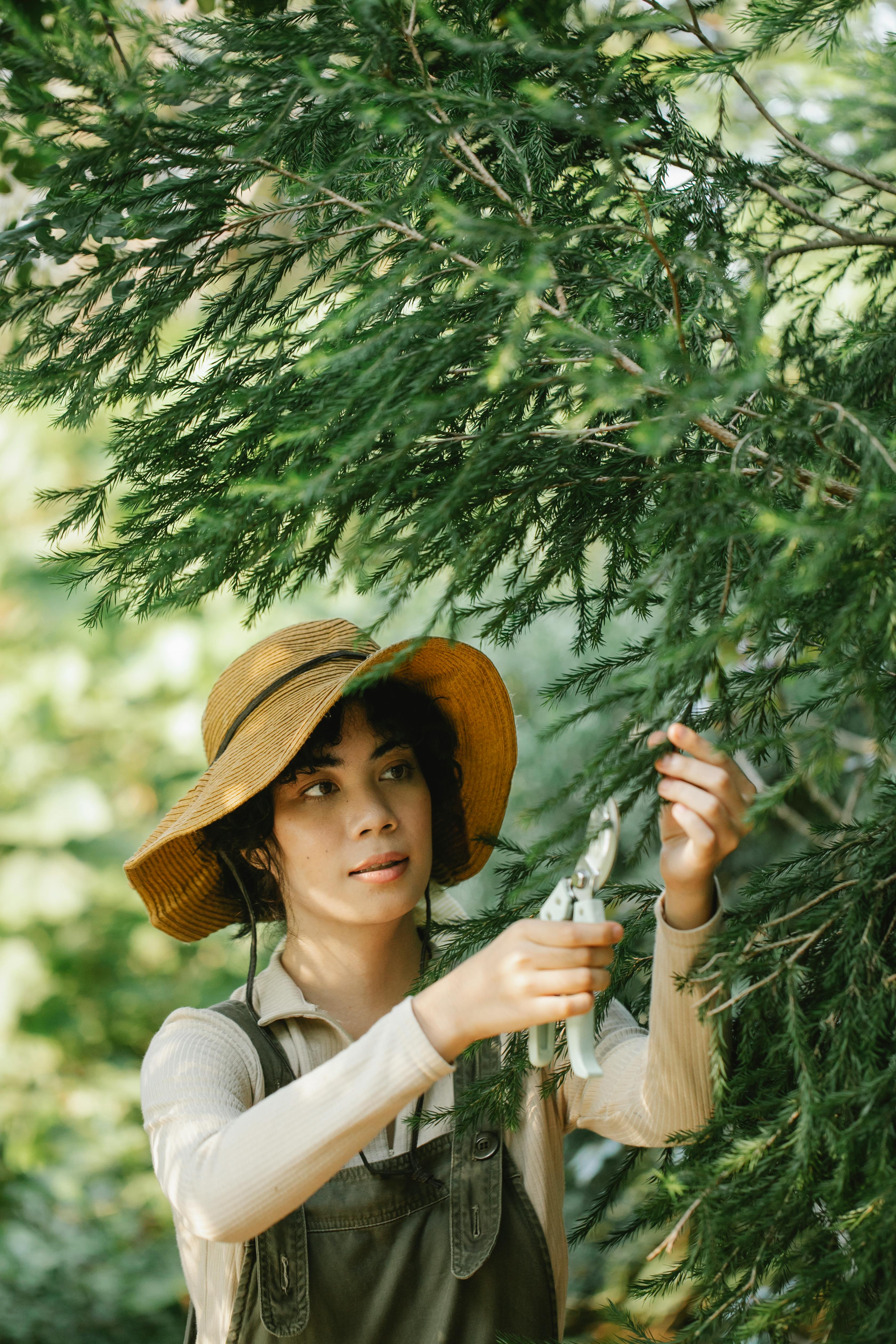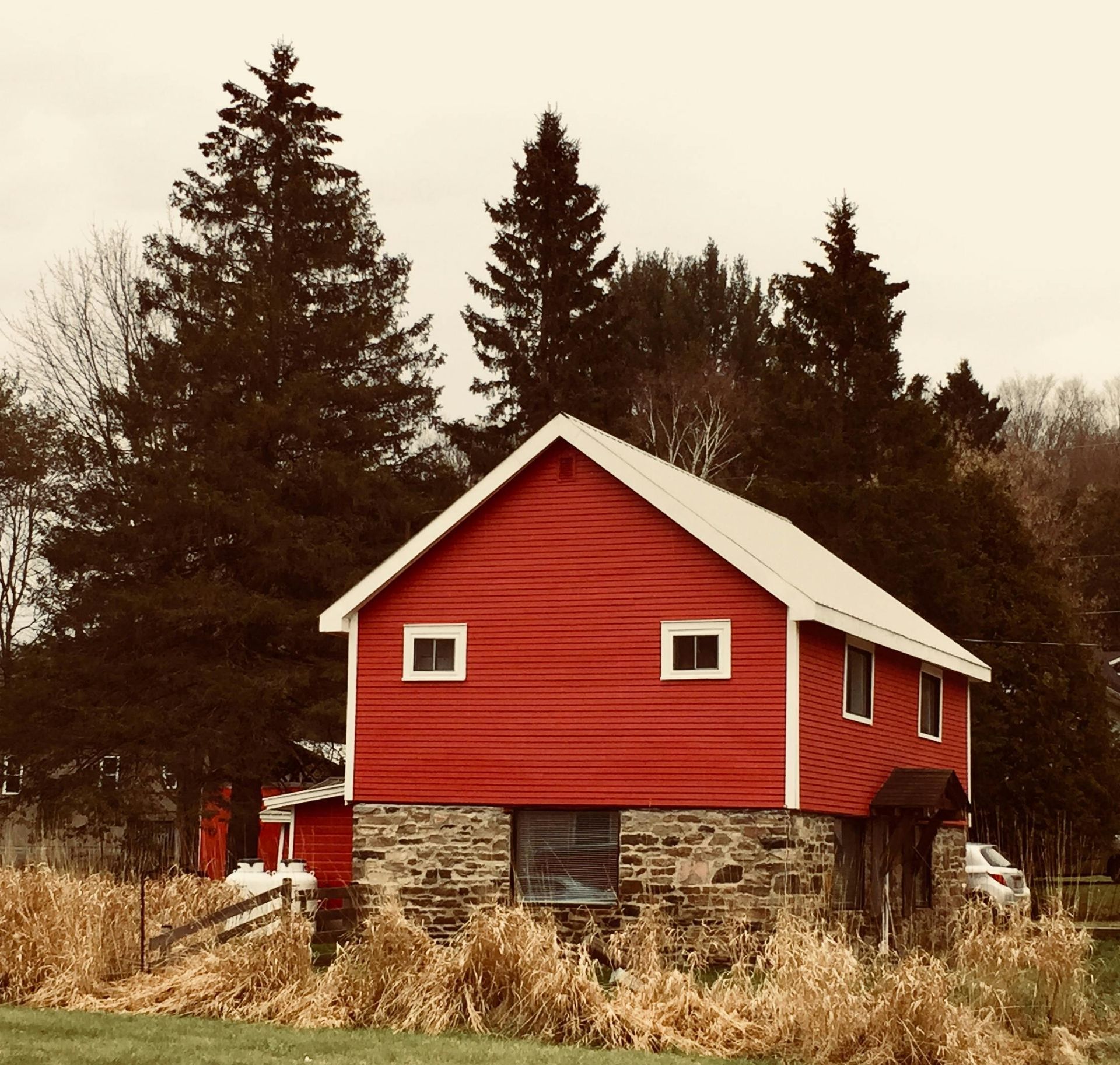Fricke's Tree Service
How to Spot a Struggling Tree in Your Yard
Signs of a Dying Tree
Understanding Tree Health
Trees are vital components of our ecosystem, providing oxygen, improving air quality, and offering shade and beauty to our landscapes. They play a crucial role in supporting wildlife and maintaining the balance of nature. However, like all living organisms, trees can become unhealthy and eventually die. Recognizing the signs of a dying tree is crucial for homeowners and property managers to take appropriate action. In this post, we will explore the various indicators that suggest a tree may be in distress and what steps can be taken to address these issues effectively.Common Signs of a Dying Tree
Identifying a dying tree can sometimes be straightforward, while other times it may require a keen eye and a bit of experience. Here are some common signs to look out for that may indicate a tree is struggling:- Leaf Discoloration: Healthy trees typically have vibrant green leaves. If you notice yellowing, browning, or premature leaf drop, it may indicate stress or nutrient deficiencies.
- Dead Branches: If you see branches that are bare or have no leaves, especially if they are located in the upper canopy, this could be a sign of decline and may require immediate attention.
- Cracks in the Bark: Deep cracks or splits in the bark can expose the tree to pests and diseases, leading to further deterioration and potential death.
- Fungal Growth: The presence of mushrooms or other fungi at the base of the tree or on its trunk can indicate decay and root problems that need to be addressed.
- Excessive Sap Production: If a tree is producing an unusual amount of sap, it may be a response to stress or injury, signaling that the tree is in distress.
- Lean or Tilt: A tree that is leaning significantly may have compromised roots, which can lead to instability and potential failure, posing a risk to nearby structures and people.
Environmental Factors Affecting Tree Health
Several environmental factors can contribute to a tree's decline. Understanding these can help in diagnosing the problem and taking corrective measures:Soil Quality
Poor soil quality can lead to nutrient deficiencies, affecting a tree's growth and overall health. Signs of poor soil include:- Compacted soil that restricts root growth and limits access to water and nutrients.
- Soil that is too sandy or clay-heavy, affecting water retention and drainage.
- Low organic matter content, which is essential for nutrient availability and soil health.
Watering Issues
Both overwatering and underwatering can stress a tree significantly. Signs include:- Wilting leaves due to lack of water, which can lead to further decline.
- Root rot from excessive moisture, which can be fatal if not addressed promptly.
Pests and Diseases
Insects and diseases can severely impact tree health. Look for:- Visible pests such as aphids, borers, or beetles that can damage leaves and bark.
- Signs of disease, such as cankers, leaf spots, or unusual growths that may indicate a serious problem.
Assessing Tree Health
To accurately assess the health of a tree, consider the following steps to ensure a thorough evaluation:Visual Inspection
Conduct a thorough visual inspection of the tree, looking for the signs mentioned above. Pay attention to:- The overall shape and structure of the tree, noting any irregularities.
- The condition of the leaves and branches, checking for discoloration or damage.
- The trunk and root zone for any abnormalities, such as swelling or decay.
Check for Pests
Look for signs of pest infestations, such as:- Holes in the leaves or bark that may indicate feeding by insects.
- Sticky residue on leaves, which may indicate aphids or other sap-sucking pests.
- Webbing or nests in the branches, which can be a sign of spider mites or caterpillars.
Consult an Arborist
If you suspect your tree is dying, it may be beneficial to consult a certified arborist. They can provide a professional assessment and recommend appropriate actions based on their expertise and experience.What to Do If Your Tree Is Dying
If you have identified signs of a dying tree, here are some steps you can take to potentially save it:Pruning
Removing dead or diseased branches can help improve the overall health of the tree. Ensure you:- Use clean, sharp tools to prevent further injury and infection.
- Make cuts at the branch collar to promote healing and minimize damage.
Watering and Fertilizing
Adjust your watering practices based on the tree's needs. Consider:- Deep watering during dry spells to encourage root growth and resilience.
- Applying a balanced fertilizer to provide essential nutrients that may be lacking.
Pest Control
If pests are identified, take action to control them. Options include:- Using insecticidal soap or neem oil for soft-bodied insects that can harm the tree.
- Applying targeted treatments for specific pests, ensuring you follow the instructions carefully.
Preventive Measures for Tree Health
To maintain healthy trees and prevent decline, consider the following preventive measures that can make a significant difference:Regular Inspections
Conduct regular inspections of your trees to catch any issues early. Look for:- Signs of stress or disease that may require immediate attention.
- Changes in growth patterns that could indicate underlying problems.
Proper Planting Techniques
Ensure trees are planted correctly to promote healthy growth. Key considerations include:- Choosing the right species for your location and climate conditions.
- Planting at the correct depth to avoid root issues and ensure stability.
Mulching
Applying mulch around the base of the tree can help retain moisture and suppress weeds. Remember to:- Keep mulch a few inches away from the trunk to prevent rot and encourage airflow.
- Use organic mulch to improve soil quality over time and provide nutrients as it decomposes.
Conclusion
Recognizing the signs of a dying tree is essential for maintaining a healthy landscape. By understanding the indicators of tree distress and taking appropriate action, you can help preserve the beauty and functionality of your trees. If you suspect your tree is in trouble, don’t hesitate to reach out to a professional for assistance. For more information or to request an estimate, please visit Frick's Tree Service. Taking proactive steps can make a significant difference in the health and longevity of your trees, ensuring they continue to thrive for years to come.RECENT POSTS
Interested in Our Services?
Get in touch today to discuss your next project and we will happy to answer any questions and provide you with a no-obligation FREE Estimate.
Contact Details
Address: 427 Pleasant Oaks Trl, Osteen, FL 32764, United States of America
Phone: (321) 240-5613
Email: jonfric@yahoo.com
Quick Links
Contact Details
Address: 427 Pleasant Oaks Trl, Osteen, FL 32764, United States of America
Phone: (321) 240-5613
Email: jonfric@yahoo.com
